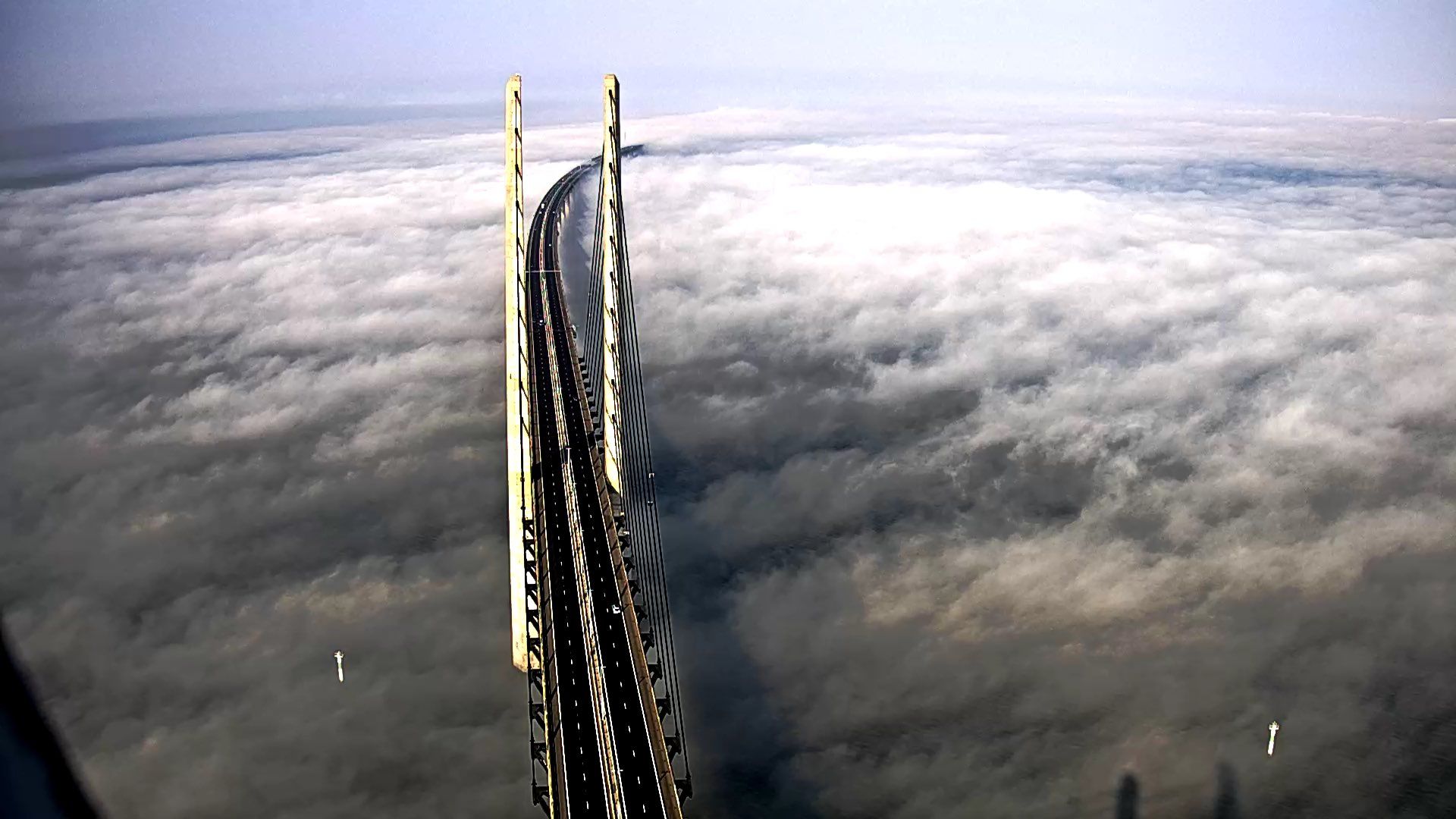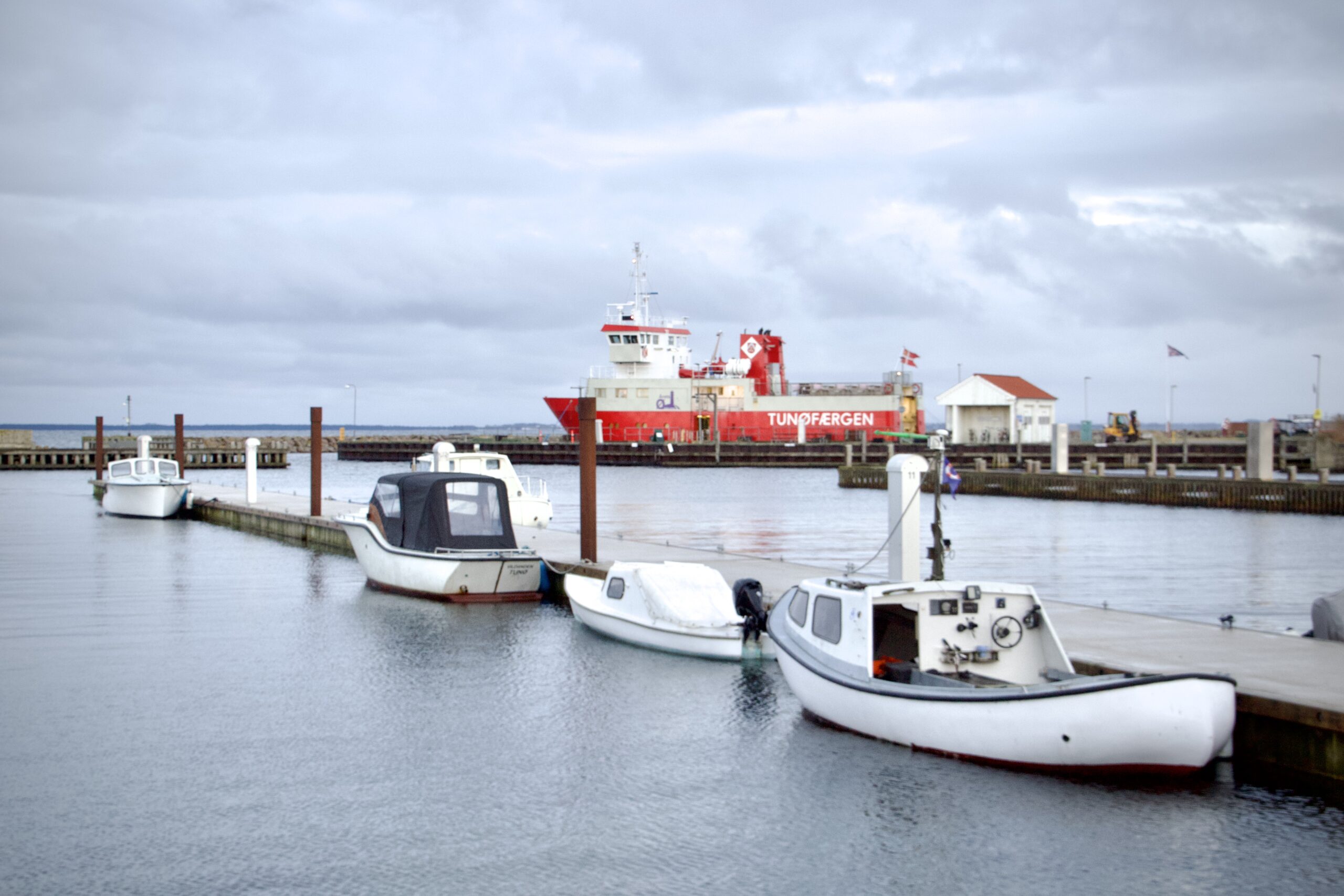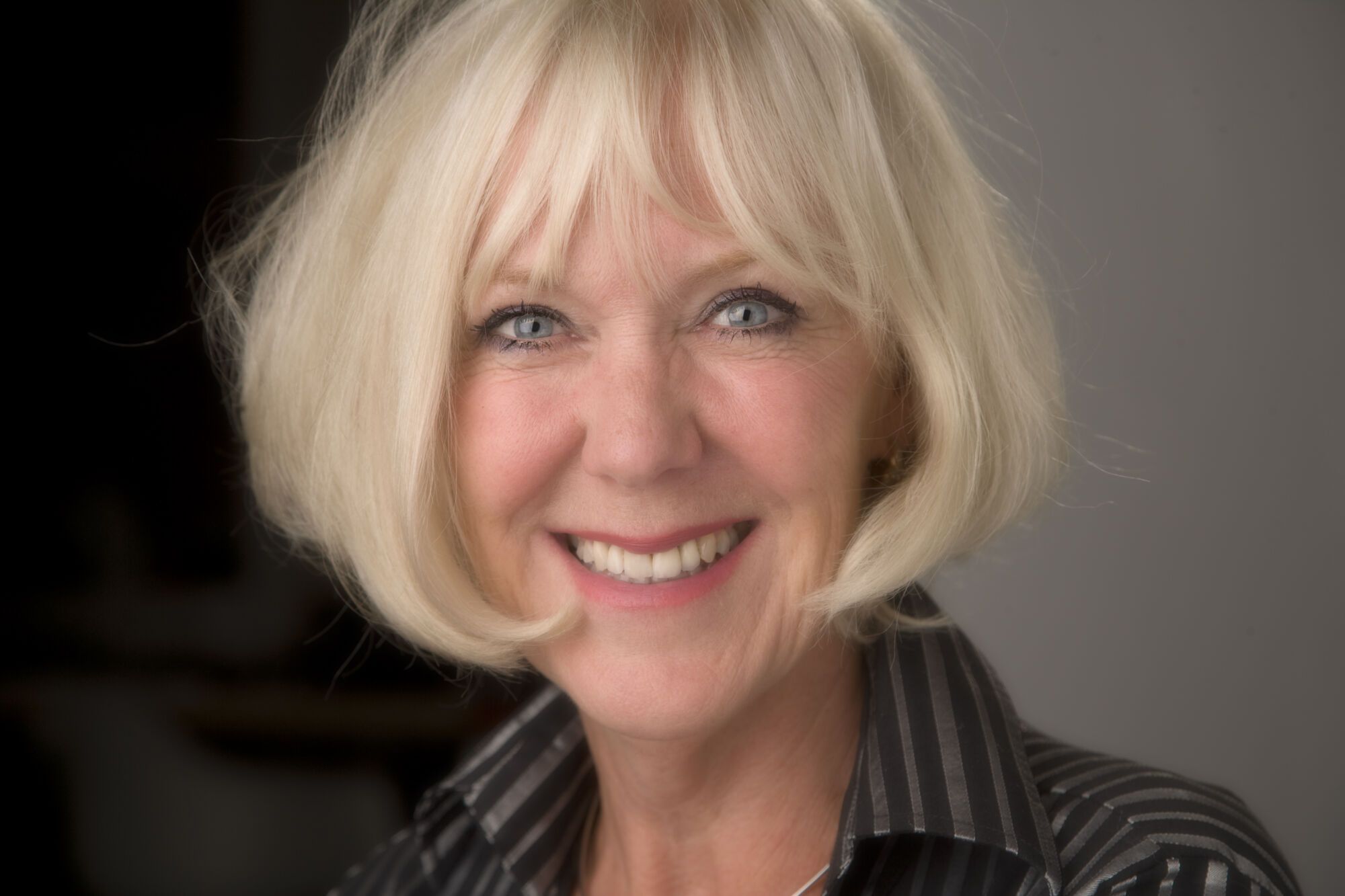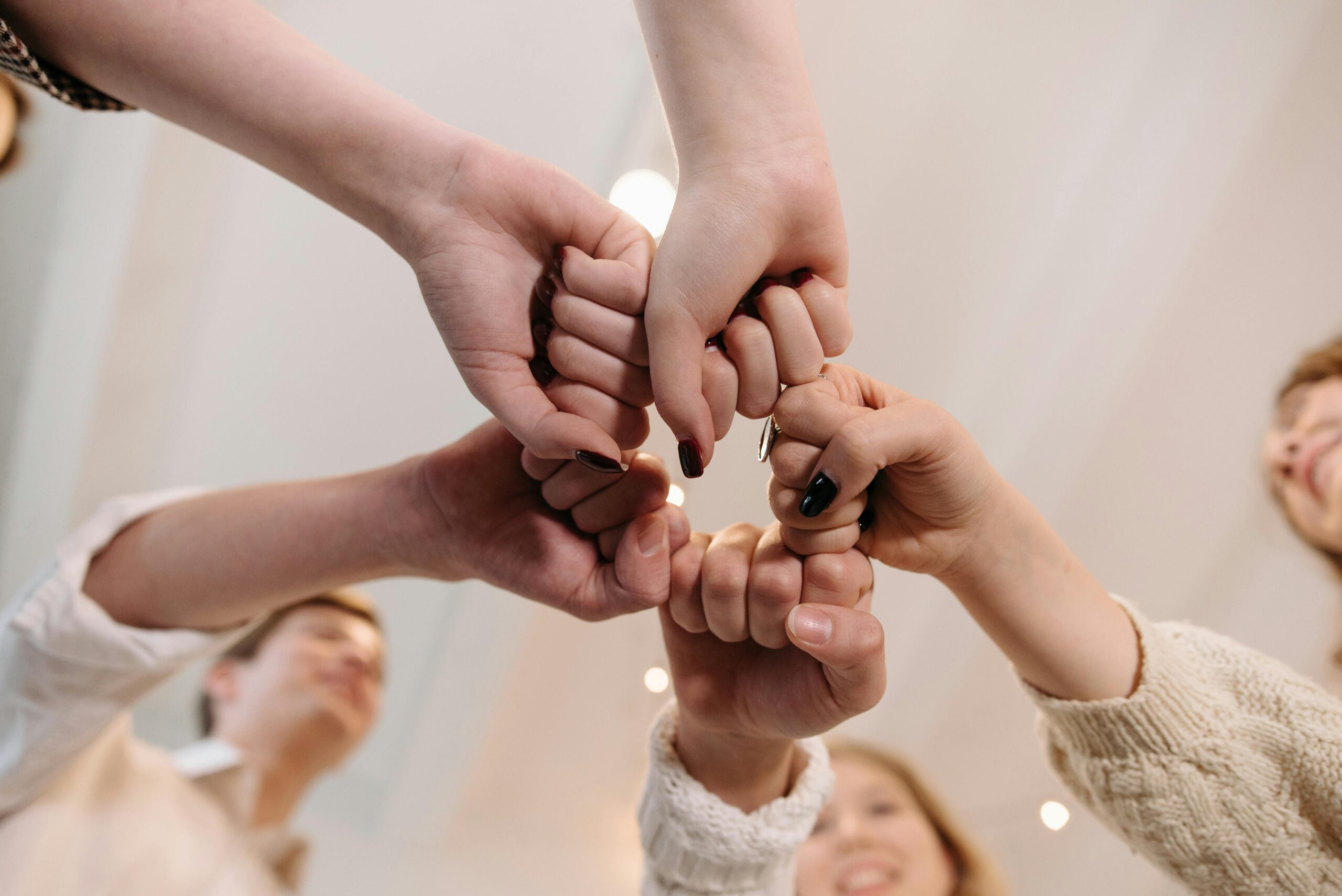In 1172, a group of Cistercian monks founded a monastery at Øm in mid-Jutland. The monastery grew to comprise extensive lands, outbuildings, a church and a large churchyard. When the Reformation came, the buildings and church were pulled down, but the churchyard and its inmates remained.
Recently, 311 of the bodies from Øm Churchyard formed the basis of a new American study, and now the findings have been published in the American Journal of Physical Anthropology, reports Videnskab.dk.
Tell-tale signs in the bones
What the research revealed was that around 15 percent of the skeletons showed signs of leprosy and some of the others may also have had it.
“I laid out the skeletons in front of me one by one. I was especially looking for changes in the bones around the nose and mouth,” said Kirsten Saige Kelmelis, the head of the research team. “You can also see signs of leprosy in the hands, feet and lower legs.”
Lepers were more likely to die prematurely than the rest of the population. “If you suffered from leprosy, you had a 40 percent higher risk of dying early compared to those who didn’t show signs of leprosy,” added Kelmelis.
Leprosy is a bacterial infection and sufferers typically remain symptom-free for up to 20 years. Later, the symptoms that develop include granulomas of the nerves, respiratory tract, skin and eyes. This may result in a lack of ability to feel pain and even a loss of some of the extremities due to repeated injuries or infection due to unnoticed wounds.
Isolated from society
The disease is spread between people – probably through coughing or contact with fluid from the nose of an infected person. It also occurs more commonly among those living in poverty, but contrary to popular belief it is not highly contagious.
Today, leprosy has been eradicated in Denmark, but in the Middle Ages it was far from uncommon. In those days, lepers were isolated from the rest of society in special hospitals.
“Those who contracted the disease were not completely shut in, but there were substantial restrictions on their freedom,” said Jesper Lier Boldsen, an expert on medieval leprosy from the University of Southern Denmark.
“They were able to speak to people who were not suffering from the disease, but it had to be outdoors and in such a way that the wind was blowing from the healthy person towards the sick person. They were also barred from the church but could look in through holes in the wall,” continued Boldsen.
“It might sound harsh, but even though the special hospitals didn’t treat the disease, they contributed to eliminating it around 100 years after they were founded.”














